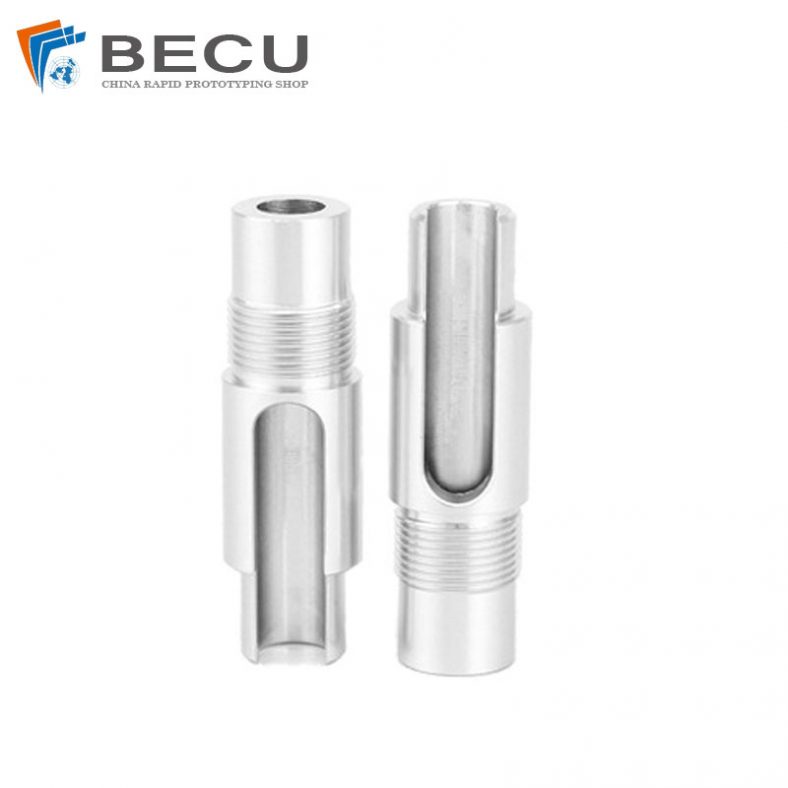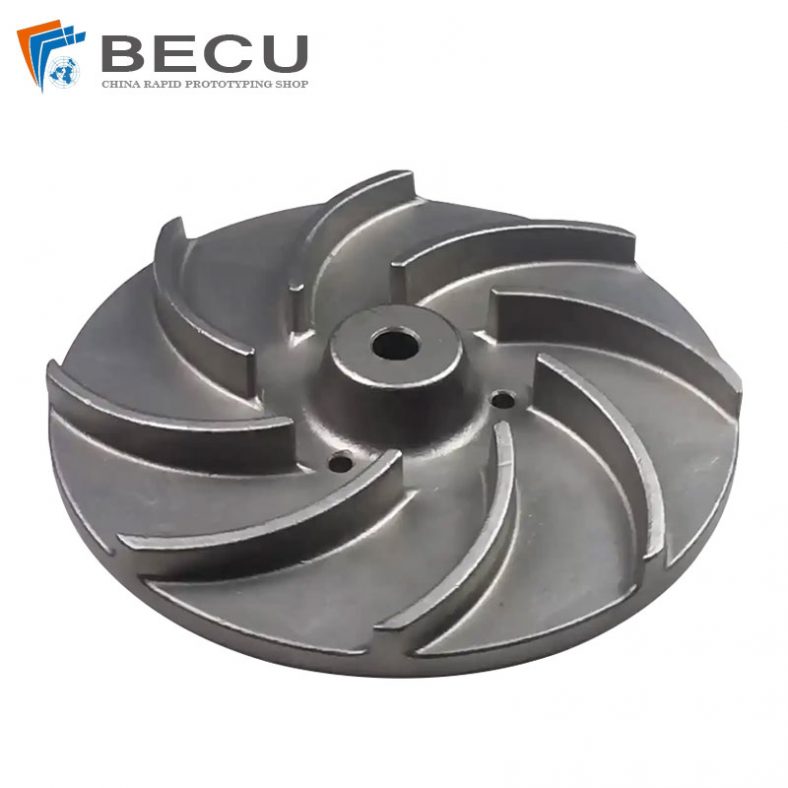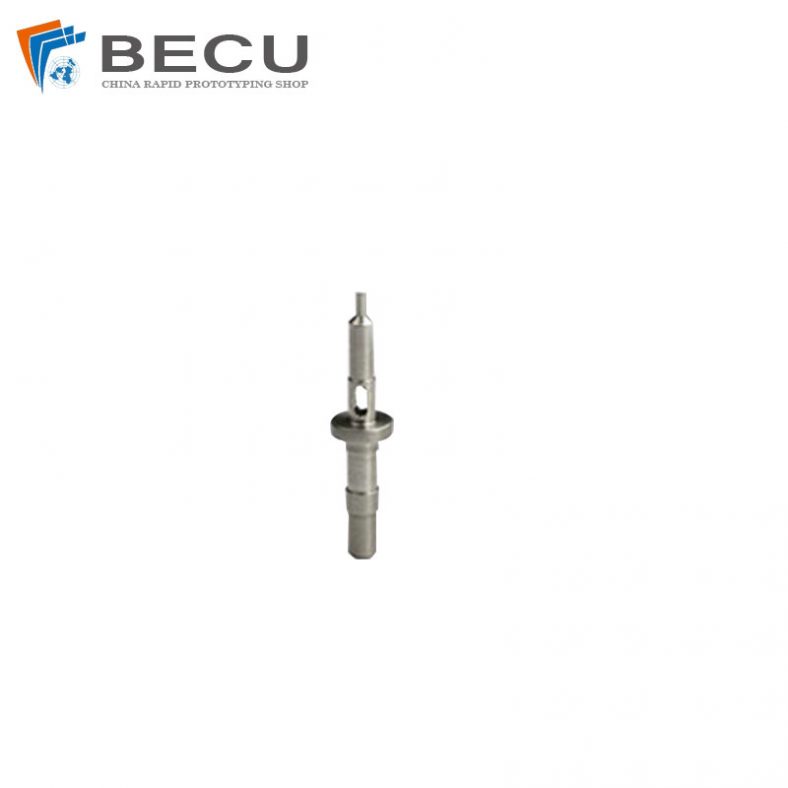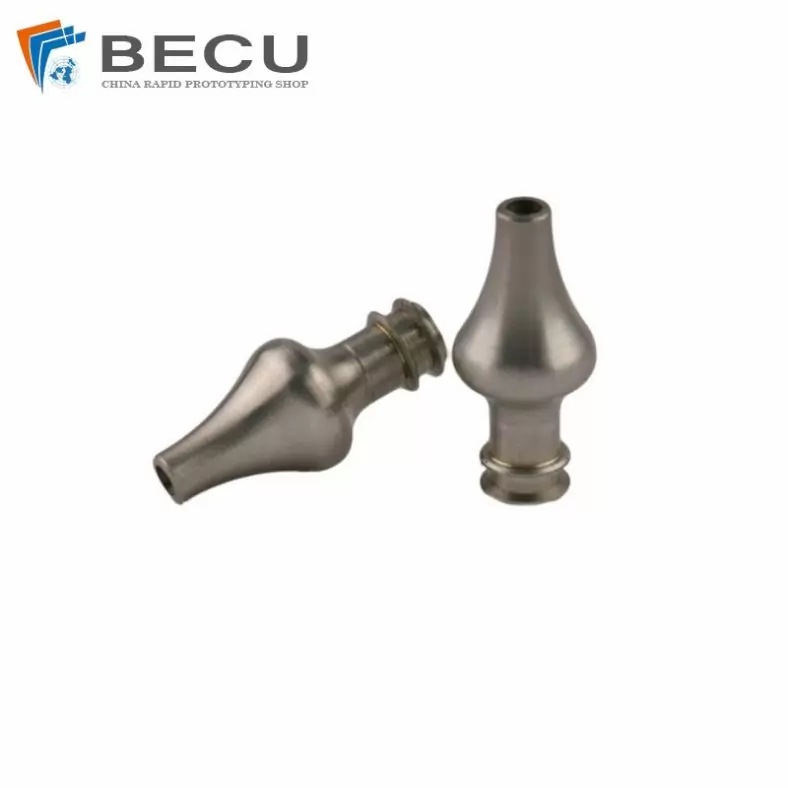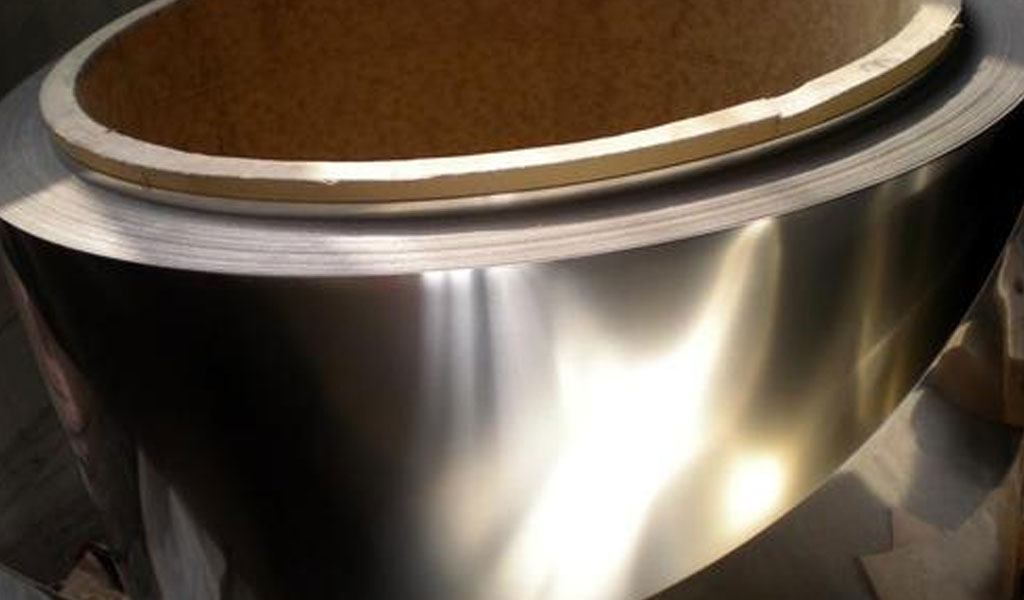
Permalloy, a portmanteau of “permanent” and “alloy,” denotes a class of ferromagnetic alloys primarily composed of nickel (Ni) and iron (Fe), often augmented with small amounts of other elements such as copper (Cu) and molybdenum (Mo). The precise composition can vary depending on the intended application, with different formulations tailored to optimize specific properties.The magnetic behavior of Permalloy arises from the alignment of its atomic magnetic moments, facilitated by the presence of ferromagnetic elements.
Nickel, with its strong magnetic susceptibility, plays a pivotal role in enhancing the alloy’s magnetic properties, while iron contributes to its structural integrity.
The addition of copper and molybdenum can further refine the alloy’s characteristics, such as permeability and resistivity, to suit diverse requirements.In the realm of materials science, certain substances emerge as veritable marvels, offering an array of applications across diverse industries while captivating the imagination of researchers and engineers alike. Delving into the depths of its composition, uncovering its remarkable properties, and exploring its myriad applications illuminates the significance of Permalloy in modern technology and beyond.
What Is Permalloy? – The Define Of Permalloy
Permalloy often refers to iron-nickel alloys with nickel content ranging from 30% to 90%. It is a widely used soft magnetic alloy. By employing appropriate superalloy parts manufacturing techniques, magnetic properties can be effectively controlled, such as initial permeability exceeding 10^5, maximum permeability exceeding 10^6, coercivity as low as 2‰ of the magnetic field strength, and rectangularity coefficient approaching 1 or 0. Permalloy alloys with a face-centered cubic crystal structure exhibit good ductility, making them suitable for processing into ultra-thin strips as thin as 1μm and various other forms of use. Common alloys include 1J50, 1J79, and 1J85.
1J50 has a slightly lower saturation magnetic induction than silicon steel, but its permeability is tens of times higher than that of silicon steel, and its iron loss is 2 to 3 times lower than that of silicon steel.
When used in transformers operating at relatively high frequencies (400 to 8000 Hz), the no-load current is small, making it suitable for producing small-sized transformers with power ratings below 100W.
1J79 exhibits excellent comprehensive performance and is suitable for high-frequency, low-voltage transformers, leakage protection switch cores, common mode inductor cores, and current transformer cores.
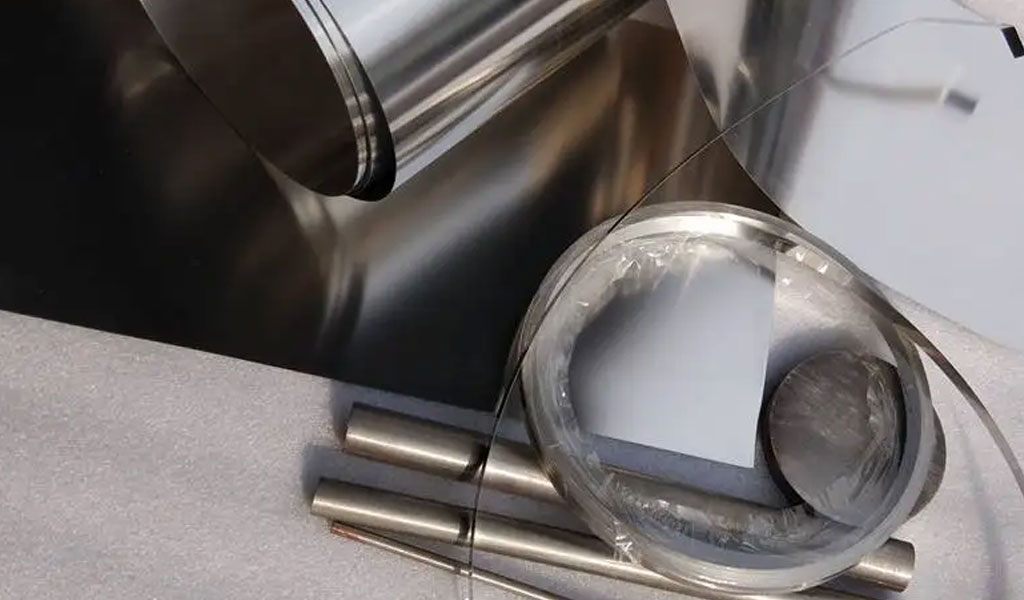
1J85 has an initial permeability exceeding 10^5, making it suitable for weak signal low-frequency or high-frequency input-output transformers, common mode inductors, and high-precision current transformers.
Properties Of Permalloy
| Parameter | Value/Description |
|---|---|
| Density | Typically around 8.8 g/cm³ |
| Melting Point | Approximately 1,450°C (2,642°F) |
| Thermal Conductivity | Varies with composition and temperature |
| Electrical Resistivity | Depends on alloy composition and temperature |
| Crystal Structure | Face-centered cubic (FCC) or body-centered cubic (BCC) |
| Corrosion Resistance | Generally good resistance to corrosion |
| Oxidation Resistance | Susceptible to oxidation at elevated temperatures |
| Reactivity | Relatively inert under normal conditions |
| Alloying Stability | Composition can be tailored for specific applications |
The History Of Permalloy
In 1913, American G.W. Elmen discovered that nickel-iron (Ni-Fe) alloys containing 30% to 90% nickel exhibited excellent soft magnetic properties under weak to moderate magnetic fields. Among them, the alloy with 78% nickel had the highest initial permeability (μi), and thus it was named “permalloy,” meaning magnetic permeability alloy. Elmen also discovered a special heat treatment process to further improve the initial permeability of Ni-Fe alloys containing 50% to 90% nickel, known as “permalloy heat treatment.” In 1921, the 78% Ni-Fe alloy was used in telephone relays. In 1924, British scientist Smith and others invented a 76% Ni-Fe alloy with added copper and chromium, called “Mumetal.” In 1931, American T.D. Yensen invented a process involving vacuum melting and high-temperature hydrogen annealing to purify the alloy and developed a super nickel-iron alloy branded as Hipernik.

In 1934, American G.A. Kelsall discovered that magnetic field heat treatment could significantly increase the maximum permeability of nickel-iron alloys. After magnetic field heat treatment, the μmax of 65% Ni-Fe (65 permalloy) increased by about 10 times. In 1947, Americans R.M. Bozorth and others invented alloys with the highest μi and μm, called super-permalloy alloys.
In the early 1960s, the China Iron and Steel Research Institute invented a method involving transverse magnetic field treatment and the addition of an appropriate amount of oxygen to produce a 65% Ni-Fe alloy (Chinese grade 1J66) with Br and Hc close to zero and a very stable magnetic permeability.
After the 1970s, to meet the needs of high-frequency switch power supplies and magnetic recording technology, various elements such as niobium, tantalum, vanadium, tungsten, titanium, silicon, and aluminum were added to nickel-iron alloys with high nickel content to produce high-hardness, high-resistivity, low-loss, high-permeability alloys. These alloys became the most diverse and widely used types of soft magnetic alloys, representing the most extensive variety and applications in the field.
Structural Magnetism Of Permalloy
Permalloy is a type of iron-nickel alloy with a high permeability under weak magnetic fields. Nickel content in permalloy, which is a nickel-iron alloy, is typically above 30%. At room temperature, permalloy alloys with nickel content above 30% exhibit a single-phase face-centered cubic (γ) structure. However, the single-phase structure near 30% nickel is highly unstable. Therefore, practical soft magnetic alloys of nickel-iron have nickel content above 36%. Near 75% nickel (atomic fraction), nickel-iron alloys undergo a Ni3Fe long-range ordered transformation, leading to changes in lattice constants and physical properties such as resistivity and magnetism. Thus, the impact of the ordered transformation on performance needs to be considered. Typically, small amounts of additional elements such as Mo or Cu are added to Ni3Fe alloys to suppress the formation of long-range order.
Interrelationships Of Permalloy
Figure 1 illustrates the relationship between saturation magnetization Js, Curie temperature Tc, magnetic crystalline anisotropy1K1, and magnetostriction constant λ with nickel content in binary nickel-iron alloys. Figure 2 shows the relationship between 1K1 and λ in Ni-(Fe+Cu)-Mo alloys with composition and heat treatment cooling rate. Figure 3 depicts the variation of the uniaxial anisotropy constants 1Ku1 and 2Ku2 obtained from rolling and magnetic annealing processes with nickel content.
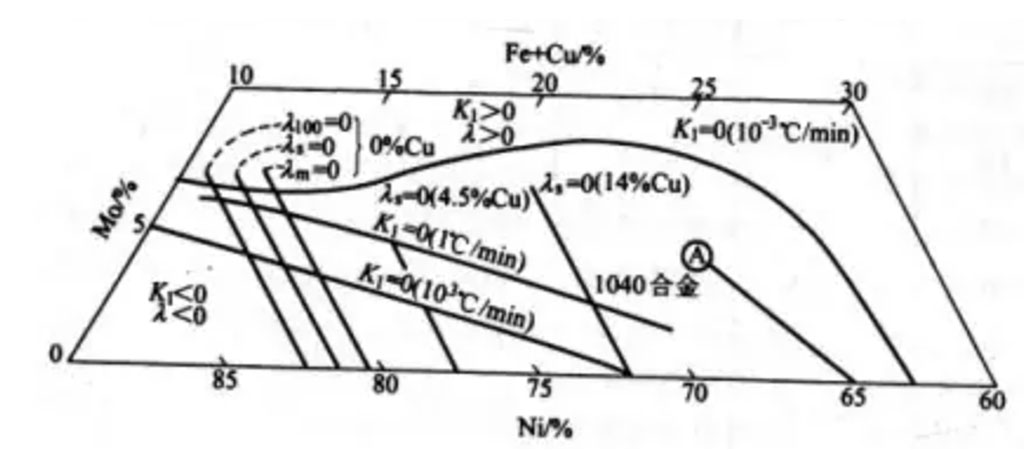
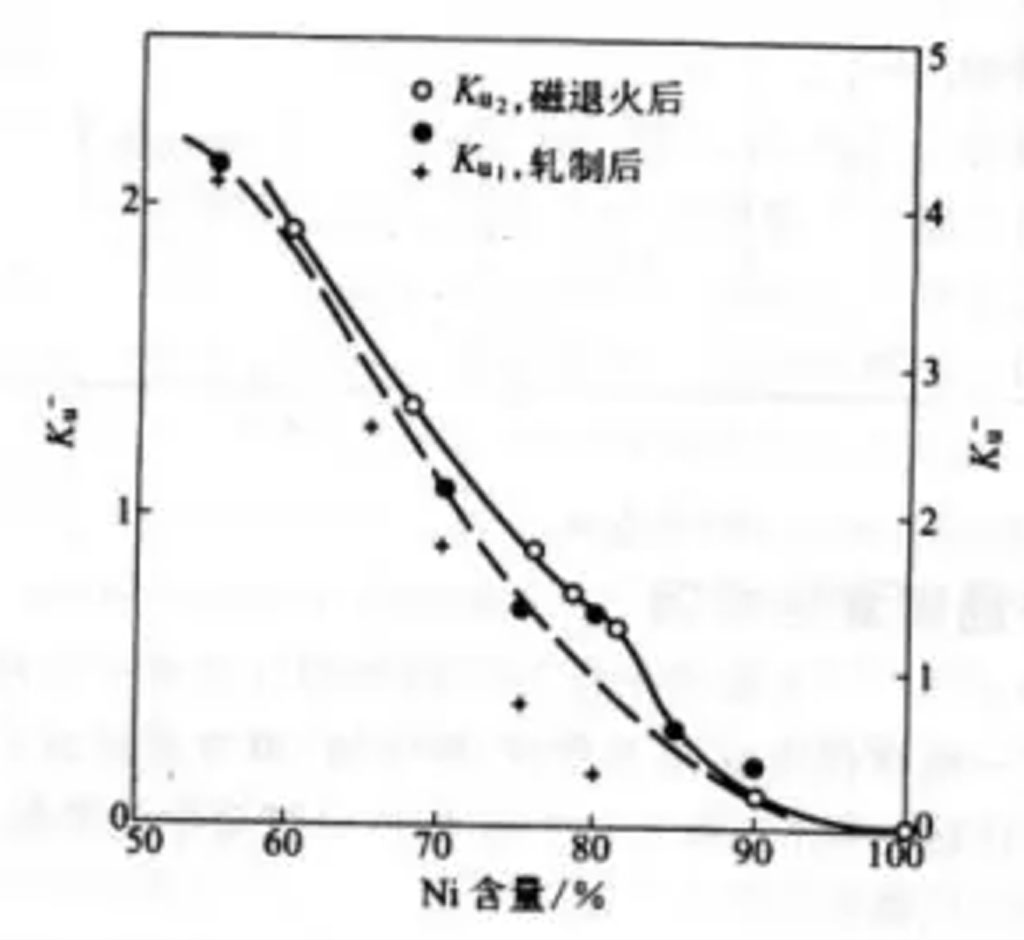
From the figures, it can be observed that 1K1 depends not only on composition but also on the short-range order of Ni3Fe (controlled by heat treatment cooling rate). λ is primarily determined by composition, with only slight effects from cooling rate on 111λ111 and 100λ100 at the composition of Ni3Fe. The 2Ku2 generated during magnetic field heat treatment below Tc is an order of magnitude smaller than 1Ku1 generated during slip deformation (rolling). Both 1Ku1 and 2Ku2 exhibit uniaxial anisotropy, resulting in rectangular hysteresis loops when magnetized along their preferred directions and flattened loops with low remanence (Br) when magnetized perpendicular to their preferred directions.
For alloys with nickel content ranging from 70% to 80%, 1≤0K1≤0, and the easy magnetization direction is <111>. To avoid {100}<001> cubic texture and random texture with chaotic orientations, alloys in this composition range should be utilized carefully. Conversely, for alloys with nickel content between 45% and 68%, 1>0K1>0, and the easy magnetization direction is <100>. Therefore, to achieve high magnetism, it’s advisable to obtain a cubic texture as much as possible. This can be achieved through heavy cold rolling and annealing at relatively low temperatures (900 to 1050°C).
The final annealing of permalloy should be conducted in a pure hydrogen atmosphere free of oxygen, with a dew point below -40°C, or in an atmosphere with a vacuum level of 10^-2 to 10^-3 Pa.
Basic Characteristics
Permalloy is a soft magnetic alloy of iron and nickel with extremely high permeability under weak magnetic fields.
To improve resistivity and enhance processability, elements such as Mo, Cr, and Cu are commonly added to Fe-Ni binary alloys. In addition to Fe-Ni alloys, permalloy also includes iron-silicon-aluminum alloys and amorphous cobalt-based alloys.
Permalloy exhibits excellent soft magnetic properties, with an initial permeability μi ranging from 37.5 to 125 mH/m, maximum permeability μm up to 125 to 375 mH/m, coercivity Hc of 0.8 A/m, and resistivity ρ ranging from 60 to 85 μΩ·cm.
The alloy is produced by vacuum induction melting and then processed into cold-rolled strips, cold-drawn wires, or hot-rolled (forged) sheets and rods through thermal and mechanical deformation.
It is used in the manufacture of audio transformers, inductors, magnetic amplifiers, magnetic modulators, choke coils, audio heads, and other applications.
The Production Process
The production process of Permalloy is quite complex. For instance, factors such as the rolling process for sheets, annealing temperature, time, and the speed of cooling after annealing all have a significant impact on the final magnetic properties of the material.
In China, Permalloy is designated by the grade 1JXX. Here, “J” stands for “precision alloy,” “1” indicates soft magnetic properties, and the following digits represent the sequence number, usually indicating the nickel content in the alloy. For example, 1J50, 1J851, etc. Permalloy possesses high permeability, so it is often used in the iron cores of medium to high-frequency transformers or devices with strict sensitivity requirements, such as high-frequency (tens of kHz) switch-mode power supply transformers, precision sensors, leakage current transformers, magnetic shielding, magnetic yokes, etc.
Classification of Properties
Permalloy can be classified into four major categories based on composition: 35%–40% Ni-Fe alloys, 45%–50% Ni-Fe alloys, 50%–65% Ni-Fe alloys, and 70%–81% Ni-Fe alloys. Each category can be used to produce materials with circular, rectangular, or flat hysteresis loops.
35%–40%
In the nickel content range of 35%–40%, the magnetic crystalline anisotropy 1K1 decreases with increasing nickel content, and the squareness ratio BsBr also decreases, indicating circular hysteresis loops. This circular loop, combined with high resistivity (e.g., 60 μΩ·cm at 40% nickel and 45 μΩ·cm at 48% nickel) and fine-grained isotropic microstructures, results in lower core losses. For example, a 0.05 mm thick 40% Ni-Fe alloy strip exhibits losses of 9 W/kg at 0.1 T and 20 kHz, while the corresponding losses for a 48% Ni-Fe alloy strip are 14 W/kg. Alloys in this category are suitable for square wave transformers, DC converters, etc.
45%–50%
Alloys within this composition range have the highest saturation magnetization in permalloy and 1>0K1>0, with the easy magnetization direction being <100>. Rectangular hysteresis loops can be obtained by forming a cubic texture, which is used in magnetic amplifiers, choke coils, and transformers. Circular hysteresis loops can also be achieved by forming {210} textures through secondary recrystallization or by forming fine-grained isotropic microstructures through primary recrystallization. These alloys have high permeability and low coercivity, suitable for current transformers, ground fault circuit interrupters, micro motors, relays, etc.
50%–65%
Alloys within this composition range have the highest Curie temperature and relatively high saturation magnetization. With K1 ≈ 0 in the ordered state, the magnetic field heat treatment effect is particularly significant, producing strong induced magnetic anisotropy. When subjected to low-temperature (approximately 130°C below the Curie point) magnetic field heat treatment, rectangular hysteresis loops are formed with high DC maximum permeability but poor dynamic characteristics. Conversely, high-temperature (approximately 60°C below the Curie point) magnetic field heat treatment results in a decrease in the squareness ratio of the loop, leading to high dynamic characteristics but not high DC maximum permeability.
Nickel-iron alloys containing approximately 55% nickel (with 2% molybdenum) undergo high-temperature annealing to form {210}<001> textures or fine-grained secondary recrystallized structures, followed by high-temperature longitudinal magnetic field heat treatment, resulting in significant increases in μi and μm. Nickel-iron alloys containing approximately 65% nickel with fine-grained isotropic microstructures undergo longitudinal magnetic field heat treatment to produce rectangular hysteresis loop materials with good dynamic characteristics, suitable for magnetic amplifiers. These alloys undergo lateral magnetic field heat treatment to obtain flat hysteresis loops with low Br variation within a certain range of magnetic field strength, known as constant permeability alloys, suitable for inductor components.
70%–81%
Permalloy within this composition range exhibits the highest permeability. Although it is impossible for 1K1 and λ to simultaneously approach zero in binary nickel-iron alloys, the addition of appropriate alloying elements such as molybdenum, chromium, and copper within this composition range, coupled with control of the cooling rate during heat treatment, can simultaneously approach zero, resulting in high permeability and low coercivity. The permeability of such alloys can generally reach 40–60 mH/m. In 1947, American R.M. Bozorth and others used relatively pure raw materials, vacuum melting, and final high-temperature annealing in pure hydrogen at 1200–1300°C to obtain Ni79Mo5 alloy with extremely high μi and μm, known as super-permalloy. Its μi can exceed 150 mH/m, and μm can reach 1130 mH/m.
In the late 1960s, Japan’s Inamotono et al. added niobium and tantalum to 78% Ni-Fe alloys, followed by the addition of fourth and fifth elements such as molybdenum, chromium, titanium, aluminum, and manganese, to obtain hard permalloy with high hardness (Hv > 200) and high permeability. These alloys are suitable for transformers, choke coils, magnetic heads, magnetic shields, etc. Additionally, the hysteresis loops of these alloys can also be rectangular by forming a cubic texture, and by controlling the degree of orderliness of the alloy to ensure 1≥0K1≥0, they exhibit good dynamic characteristics, making them suitable for magnetic modulators, etc. Powdered iron cores made from 80%–82% Ni-Fe alloy with 2% addition have high resistance and good stability, suitable for use at a frequency of 300 Hz.
Processing Performance of Hymu 80 Permalloy
Hymu 80 Permalloy is an iron-nickel alloy used in the manufacturing of transformers, generators, electric motors, and other equipment, characterized by good processing and magnetic properties.
Hymu 80 Permalloy exhibits good plasticity and toughness, making it easy to cold work and hot work. During cold working, Hymu 80 Permalloy can be processed into various shapes such as sheets, strips, foils, and tubes. Its processing performance is similar to pure iron, but with slightly higher strength and hardness than pure iron, hence requiring appropriate heat treatment and process control during machining.
Regarding hot working, Hymu 80 Permalloy can be processed through techniques such as hot rolling, hot forging, and hot extrusion. It has a wide heating temperature range, typically between 800°C to 1200°C. During hot working, the elements within the alloy redistribute, forming a more uniform microstructure, thereby enhancing its magnetic and mechanical properties.
The processing performance of Hymu 80 is similar to austenitic stainless steel, albeit with slower work hardening. Most machining operations produce sticky chips. Rods hardened by cold working (with a minimum Rockwell hardness B of 90) exhibit optimal machinability.
Drilling and turning require lubrication with grease and low-speed machining. If sulfur-containing water-soluble compounds are used during processing, thorough cleaning within 48 hours followed by heat treatment is necessary. High-speed steel or cemented carbide tools are recommended for cutting.
The welding performance of Hymu 80 Permalloy is also good, allowing various welding methods such as fusion welding, pressure welding, and brazing. Proper welding materials and process parameters are necessary to ensure welding quality.
Furthermore, Hymu 80 Permalloy exhibits good cutting performance and can be machined using various cutting tools. Pre-treatment and coating may enhance cutting efficiency.
In conclusion, Hymu 80 Permalloy boasts excellent processing performance, meeting the manufacturing requirements of various complex-shaped components. Its outstanding magnetic and mechanical properties also make it one of the preferred materials for magnetic component manufacturing.
Applications of Permalloy
The applications of Permalloy span across a wide range of industries and technologies, leveraging its unique combination of magnetic and electrical properties. Here’s a closer look at some of the key applications:
- Magnetic Recording Media: Permalloy is extensively used in magnetic recording media such as magnetic tapes, floppy disks, and hard disk drives. Its low coercivity allows for easy magnetization and demagnetization, essential for storing and retrieving data in digital storage devices. Permalloy’s high magnetic permeability ensures accurate data storage and retrieval, making it a fundamental component of modern data storage technology.
- Magnetic Sensors and Actuators: Permalloy’s sensitivity to magnetic fields makes it ideal for magnetic sensors and actuators used in various industries. Magnetic sensors based on Permalloy are employed for speed sensing, position detection, and magnetic field mapping in automotive, aerospace, and consumer electronics applications. Permalloy-based actuators are utilized in devices such as magnetic valves, relays, and microelectromechanical systems (MEMS) for precise control and manipulation of mechanical motion.
- Electromagnetic Shielding: Permalloy’s high magnetic permeability enables it to divert and attenuate electromagnetic radiation, making it an excellent choice for electromagnetic shielding applications. Permalloy shields sensitive electronic components from electromagnetic interference (EMI), ensuring the reliability and performance of electronic devices and systems. It finds use in telecommunications equipment, medical devices, military electronics, and electronic enclosures.
- Transformers and Inductors: Permalloy is widely employed in the cores of transformers and inductors due to its high magnetic permeability and low hysteresis losses. Transformers and inductors with Permalloy cores are essential components in electrical power distribution systems, telecommunications networks, and electronic devices. They facilitate efficient voltage regulation, power conversion, and signal filtering, contributing to the reliability and stability of electrical and electronic systems.
- Magnetic Amplifiers: Permalloy-based magnetic amplifiers utilize the alloy’s unique magnetic properties to amplify electrical signals without active electronic components. These devices find applications in control systems, automation, and power distribution, offering advantages such as simplicity, reliability, and high bandwidth. Permalloy-based magnetic amplifiers are employed in industries such as aerospace, automotive, and industrial automation for signal amplification and control.
- Magnetic Resonance Imaging (MRI): In the field of medical diagnostics, Permalloy serves as a core material for gradient coils and magnetic field shimming in MRI equipment. Its high magnetic permeability and stability enable precise control of magnetic fields, facilitating high-resolution imaging and accurate diagnosis. Permalloy-based components are essential for the advancement of MRI technology, enabling healthcare professionals to obtain detailed images of internal body structures for diagnostic purposes.
- Scientific Research: Permalloy plays a crucial role in scientific research and experimentation, particularly in the fields of physics, materials science, and engineering. It serves as a versatile tool for studying magnetic phenomena, conducting magnetometry measurements, and exploring novel magnetic materials and devices. Permalloy-based samples and components are utilized in laboratories and research institutions worldwide to advance our understanding of magnetism and develop innovative technologies.
These applications underscore the versatility and significance of Permalloy in modern technology, highlighting its indispensable role across diverse industries and scientific disciplines. As research and development efforts continue to expand the boundaries of materials science and engineering, Permalloy remains at the forefront of innovation, driving progress and shaping the future of magnetic materials and devices.

Working With An Experienced Custom Superalloys Parts Partner
Looking for reliable, quick-turn superalloys fabrication services suppliers and superalloys product manufacturers? Working with a specialized and seasoned manufacturer can help you save time and money, Be-cu is one of these options. Based on decades of experience in superalloys fabrication services, our engineers, designers, and technicians are capable to optimize the product design, prototypes building, material selection, and superalloy parts production.
We also have a well-equipped machine shop and advanced manufacturing facilities to deliver custom superalloy parts with simple or complex geometries, applying various technologies including milling, turning, drilling, wire EDM, grinding, or other machining processes, as well as finishing services and more fabrication methods. Whether you want to reach high precision, repeatability, or tight tolerances, our superalloy manufacturing parts will match your needs. For the best superalloy fabrication company, look no further than Be-cu, welcome to send your inquiry to us.


